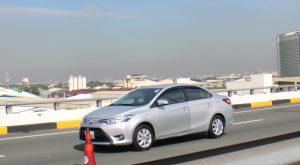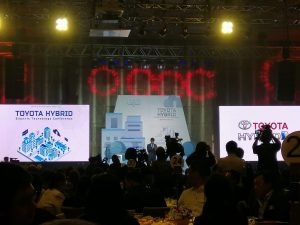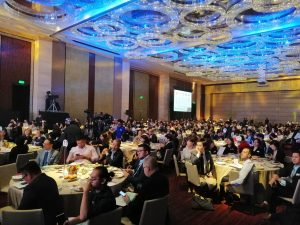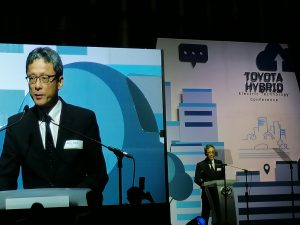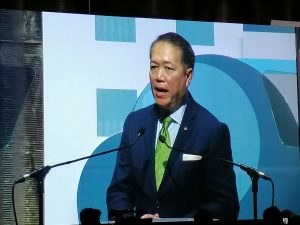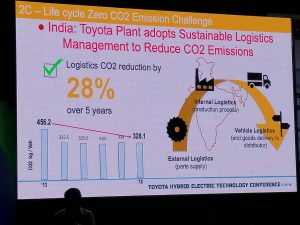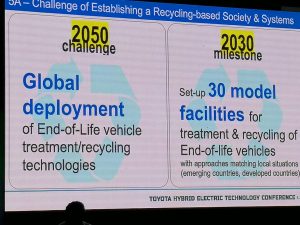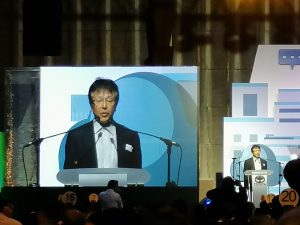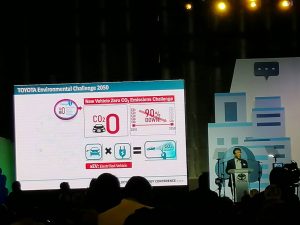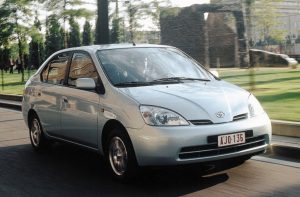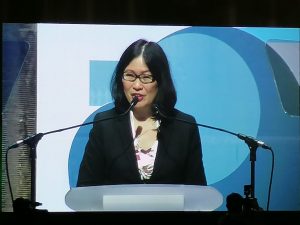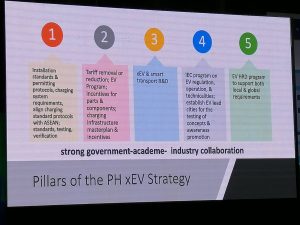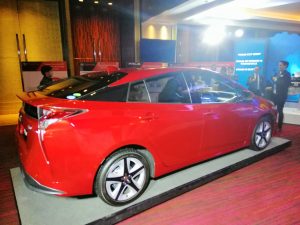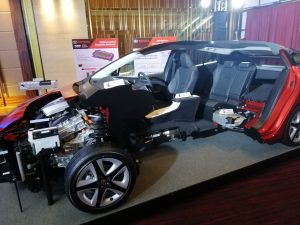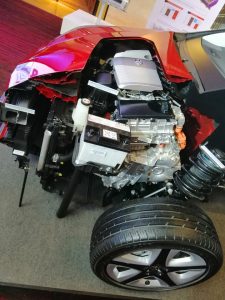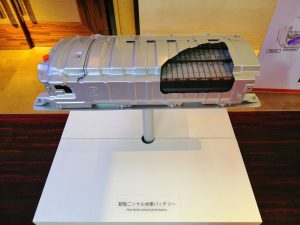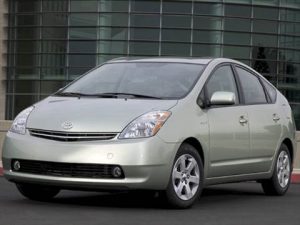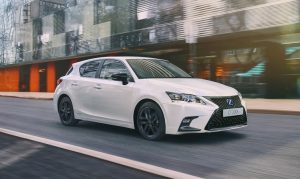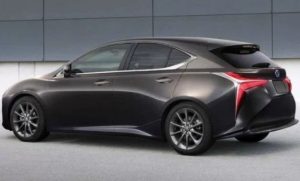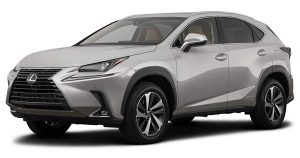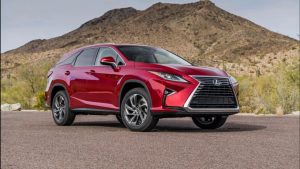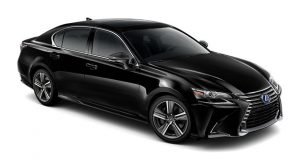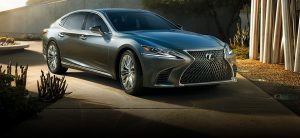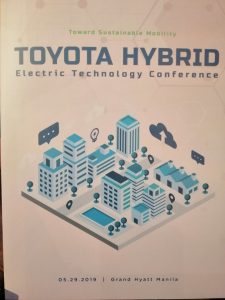Carbon dioxide (CO2) is a naturally occurring greenhouse gas, along with water vapor, methane and nitrous oxide (NOx). These greenhouse gases help keep the Earth warm by absorbing the sun’s energy and by redirecting energy back to the Earth’s surface. However, an increase in the amount of carbon dioxide creates an overabundance of greenhouse gases that trap additional heat in the atmosphere, which leads to melting ice caps, rising ocean levels and floods in some areas, and extreme temperatures, drought and wild fires in other areas.
Automobiles with internal combustion engines are said to be the leading producers of greenhouse gases CO2 and NOx, as well as the deadly gas carbon monoxide (CO). Thus, governments worldwide are mandating car manufacturers to reduce exhaust emissions to keep the planet habitable while allowing our mechanized mobility. Since the early ’70s, most automobile manufacturers have heeded the call to reduce harmful emissions by making their engines more fuel-efficient and environment-friendly. With the latest advancements in electric vehicles (EV) and battery technology, car manufacturers are working towards providing electrified vehicles in several forms – the hybrid electric vehicle (HEV), the plug-in hybrid electric vehicle (PHEV), the battery electric vehicle (BEV) and the fuel cell electric vehicle (FCEV).
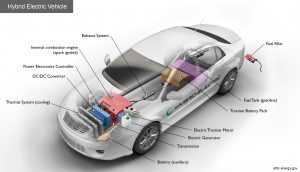
HEV is propelled by a gasoline engine and electric motor. Batteries are charged internally. Fuel needs replenishment.
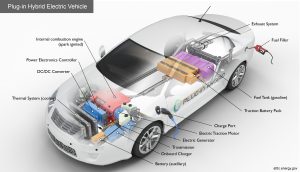
PHEV is propelled by a gasoline engine and electric motor. Batteries are charged by plugging in to an external power source. Fuel needs replenishment.
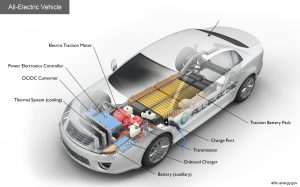
BEV is propelled by an electric motor. Batteries are charged by plugging in to an external power source. No fuel required.
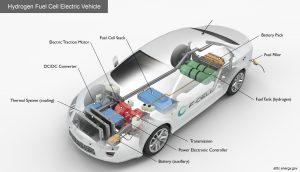
FCEV is propelled by an electric motor. The fuel cell provides electricity. Hydrogen fuel needs replenishment.
Following the lead of Toyota Motor Corporation (TMC) in its global initiative to steer the company as a sustainable mobility provider, Toyota Motor Philippines (TMP) reinforced its call to position vehicle electrification as one of its long-term solutions for a greener and more energy-efficient local automotive landscape. As one of its initial steps, TMP held the Toyota Hybrid Electric Technology Conference last May 29, 2019 at the Grand Hyatt Hotel at the Bonifacio Global City (BGC) in Taguig City. With the theme “Toward Sustainable Mobility”, TMP hopes to create a forum involving government representatives, environment groups, the academe, the media, car manufacturers, and other stakeholders to openly discuss the consequential effects of electrification of motor vehicles in the current Philippine landscape.
TMP Vice Chairman Dr. David Go opened the conference with the message that the electrification of motor vehicles is just one of the ways that Toyota is working on to help protect the environment. TMP President Satoru Suzuki expressed his confidence in self-charging Hybrid Electric Vehicles (HEVs) such as the Toyota Prius because he believes that HEVs can be immediately deployed using the current infrastructure, compared to fully-electric BEVs, which would need charging stations to become viable in the country. Toyota officials and tech experts suggest that HEVs are currently the most suitable electric vehicle platform for the local market. “Toyota has a whole range of electrified vehicle (xEV) technology that can help achieve sustainable mobility goals. But xEV popularization depends on many factors and varies by market. Based on current Philippine conditions, it is most appropriate to start with HEV popularization in order to accelerate the reduction of emissions and fuel consumption,” said Suzuki.
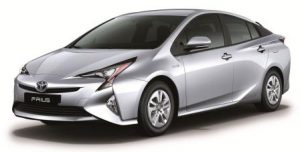
… like the 2019 Toyota Prius, which can be immediately deployed without need for additional infrastructure…
TMP’s stance on hybrid electric technology is strongly supported by the environmental philosophy of the Toyota Environmental Challenge 2050 or TEC 2050, which is aimed at eliminating carbon emissions from Toyota products and from the company’s manufacturing processes by the next three decades. Toyota Motor Asia Pacific (TMAP) Executive Vice President Vince Socco reiterated, “Toyota is committed to be a part of the solution ahead of future challenges with TEC 2050, where people, cars and nature can co-exist in harmony. Towards this direction, Toyota challenges ourselves to achieve not just ZERO environmental impact but also a NET POSITIVE impact on Earth and Society.” Socco added that switching to an HEV eliminates around one ton of CO2 emission from the atmosphere per year.
The technical details of Toyota’s hybrid electric technology was expounded on by Yukio Yoshida, the Vice President of Toyota Daihatsu Engineering and Manufacturing. He emphasized the reliability and the immediate adaptability of their HEVs and referred to their long experience and satisfaction with the performance of the Toyota Prius, which has been in production since the mid-90s. Yoshida-san added that with new manufacturing processes and battery technologies, Toyota and Lexus HEVs offer more economy, power and reliability, as well as the fun-to-drive factor, which is important in motoring.
Department of Trade and Industry (DTI) Undersecretary Dr. Rafaelita Aldaba spoke about the role of government in helping lower the CO2 levels and its policies towards electric vehicles. Meanwhile, Clean Air Asia Deputy Executive Director Atty. Glynda Bathan spoke about the increasing danger of air pollution and encouraged all the attendees of the conference to do their share in protecting the environment.
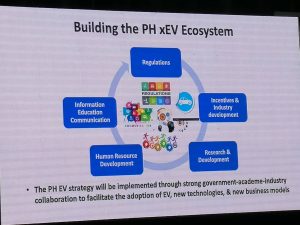
A strong collaboration between government, industry and the academe can help build the country’s EV ecosystem…
To emphasize the fact that HEVs are more fuel efficient than traditional gasoline engines and their self-charging capability require no additional infrastructure to be built in order to seamlessly start the transition, TMP displayed the latest Toyota Prius and a full-size cut-away version to showcase its hybrid electric technology. TMP has also lined-up special projects for the year to raise public awareness on hybrids, such as educational campus tours in top engineering schools in the country.
TMP was the first automotive brand to make hybrid electric vehicles locally accessible in the Philippines with the introduction of the second-generation Toyota Prius in 2009. The company currently offers two hybrid models in its Toyota vehicle lineup – the Prius and Prius C – and six hybrid models under the Lexus luxury brand – CT 200h, CT 200h F Sport, NX 300h, RX 450h, GS 450h, and LS 500h. After attending the Toyota Hybrid Electric Technology Conference, I feel compelled to switch to a hybrid electric vehicle, help remove one ton of CO2 emissions from the atmosphere every year, and minimize my own personal carbon footprint. Now, if only I can afford the prices of these hybrids…
For more information, visit TMP’s official website at www.toyota.com.ph and follow the official Facebook page at www.facebook.com/ToyotaMotorPhilippines.
 Power Wheels Magazine A Notch Above
Power Wheels Magazine A Notch Above

